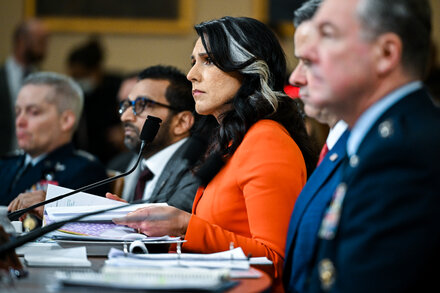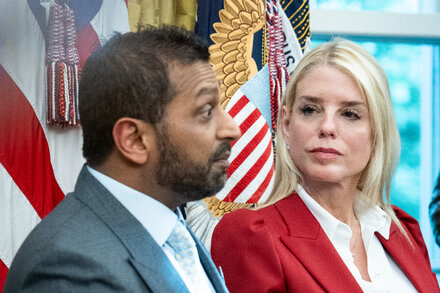OpenAI, the developer behind the popular artificial intelligence chatbot ChatGPT, has begun rolling out a new suite of parental control features aimed at safeguarding teenage users. The initiative comes amidst growing calls from educators, parents, and child safety advocates for enhanced protections as AI tools become increasingly integrated into daily life for younger demographics.
The new controls, detailed by OpenAI, are designed to offer parents greater transparency and management over their teenagers’ interactions with ChatGPT. Key features include content filtering mechanisms, usage insights, and optional tools for reviewing conversational history, all with a stated emphasis on balancing safety with the beneficial aspects of AI use.
Key Features of the New Controls
Among the primary functionalities introduced is an advanced content filter specifically tailored to identify and restrict access to age-inappropriate material, including explicit, violent, or otherwise harmful content. This goes beyond the standard safety protocols already in place for all users by offering customizable sensitivity levels that parents can adjust.
Parents will also gain access to a dedicated dashboard, providing insights into their teenager’s usage patterns. This dashboard is expected to display information such as total time spent using ChatGPT, common topics of inquiry, and frequency of interaction. OpenAI has clarified that the intent is to foster informed discussions between parents and children, rather than mere surveillance.
“We understand the immense potential of AI for learning and creativity, but also the critical need to ensure a safe environment for younger users,” stated an OpenAI spokesperson. “These new tools are a direct response to feedback from parents and educators, designed to empower families while preserving the benefits of ChatGPT.”
Another significant addition is the option for parents to review a summary or specific transcripts of their child’s conversations, subject to explicit consent from both the parent and, in some cases, the teenager, depending on regional privacy regulations. This feature aims to address concerns about data privacy and the potential for inappropriate exchanges without unduly infringing on a teenager’s autonomy.
Industry Reaction and Future Outlook
The introduction of these parental controls by OpenAI is seen by many as a proactive step in a rapidly evolving digital landscape. Tech companies face increasing scrutiny from governments and consumer groups regarding the impact of their products on children and adolescents.
“This is a welcome step from OpenAI, reflecting a growing industry awareness of the unique challenges AI poses for children and teenagers,” remarked Dr. Eleanor Vance, a digital child safety expert at the University of Oxford. “However, parental controls are never a silver bullet; ongoing education and open dialogue between parents and children remain paramount. It’s crucial that these tools are implemented with transparency and respect for user privacy.”
OpenAI also plans to release educational resources for parents, including guides on how to discuss AI and responsible digital citizenship with their children, as well as tutorials on how to effectively utilize the new control features. The company has indicated that the parental controls will be subject to ongoing evaluation and updates based on user feedback and evolving safety standards.
As AI tools become more ubiquitous in educational settings and daily life, the balance between fostering innovation and ensuring user safety, especially for minors, remains a key challenge for developers and policymakers alike. OpenAI’s latest move highlights a growing trend among tech giants to offer more granular control to users and their guardians in response to these complex ethical and practical considerations.
Source: Read the original article here.





